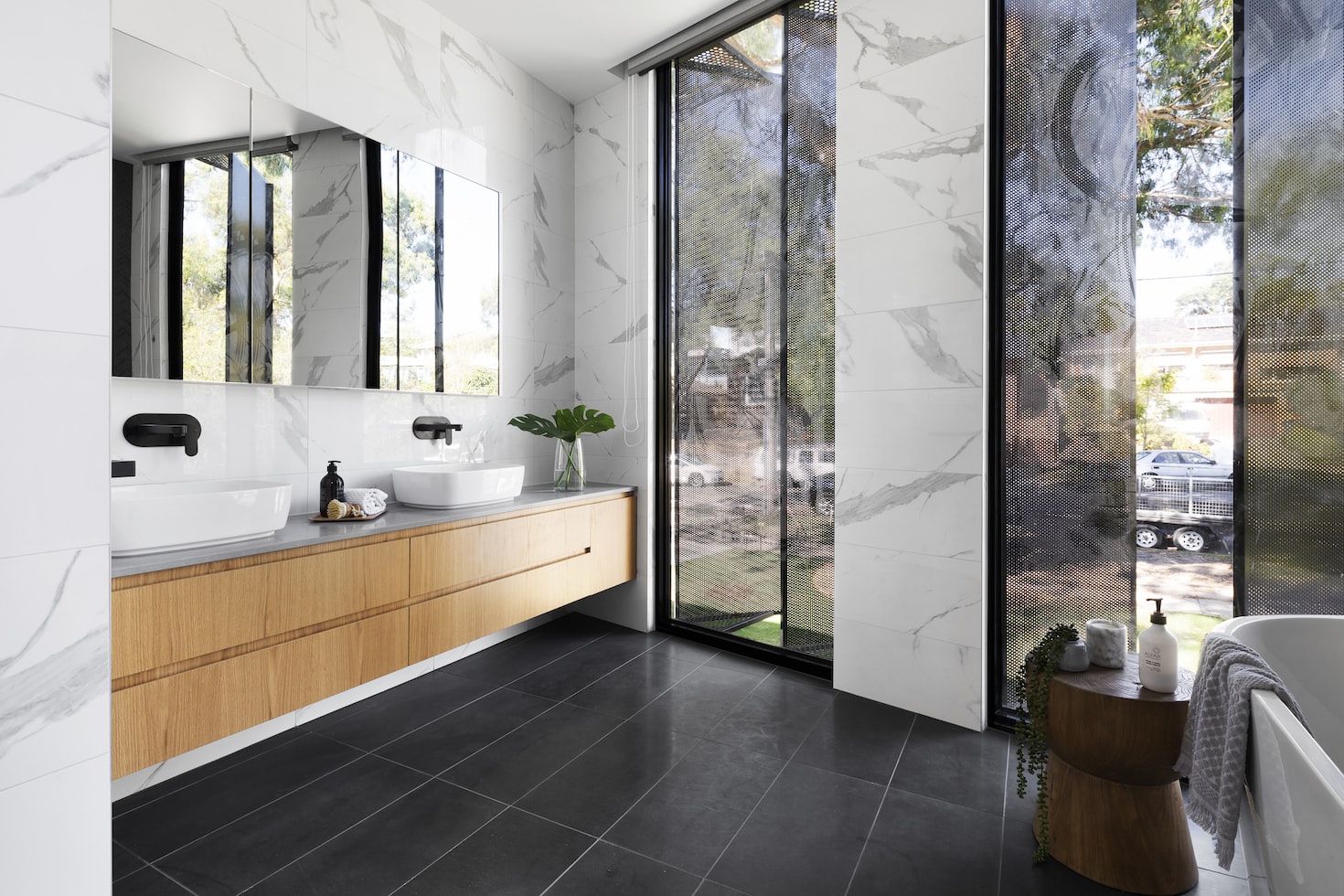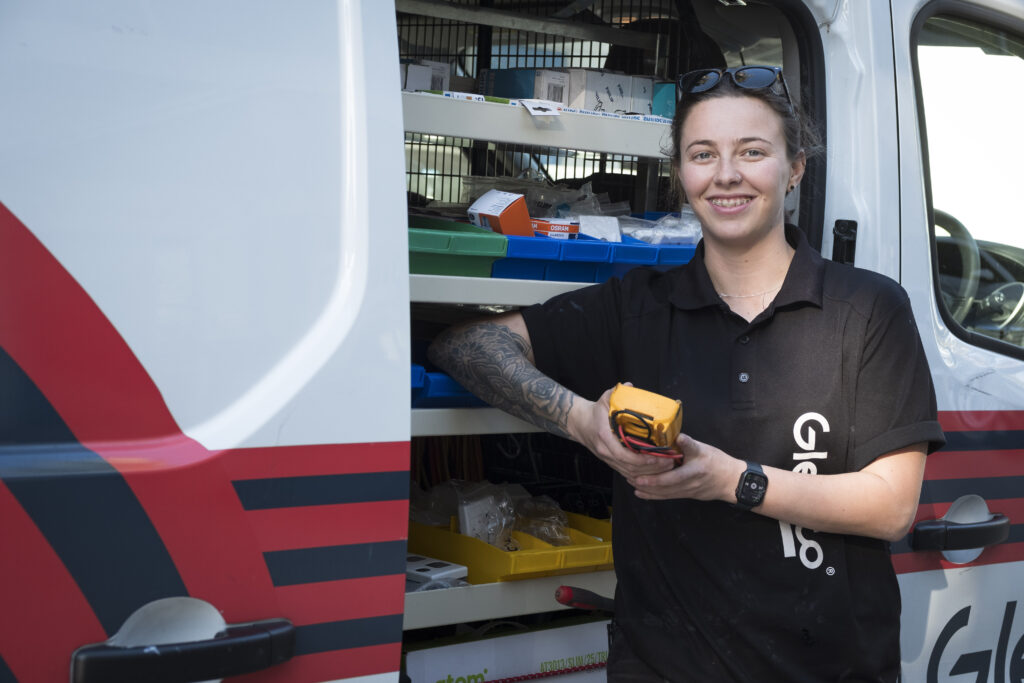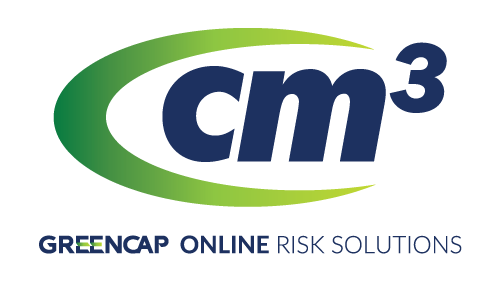A bathroom is not only a necessity but a place to unwind after a long day. Unfortunately, moisture and wetness can ruin the serenity of a bathroom – making its appearance less inviting, and causing water damage. This can be prevented through waterproofing floors in the bathroom, which is why it’s important to understand the common questions surrounding this process.
While most bathrooms are built to meet codes and regulations (and thus drain adequately) bathrooms can still be at risk of water damage because of standing water and regular steam from showers or baths. That’s why it’s important to waterproof your bathroom floors so that repeated exposure to moisture doesn’t harm them.
If you want to learn more about waterproofing bathroom floors and understand the process involved, we’re here to help. Read on to learn more.
The Importance of Waterproofing Bathroom Floors
Waterproofing bathroom floors may feel like an added expense, but it can be amart investment which protects the value of your home. It keeps your fixtures and fitting safe from water damage, avoiding the need for replacements and repairs.
Waterproofing concrete, tile, wood, or any other bathroom floor prevents warping, grout, and flooring damage, keeping the foundations safe from seepage to maintain structural stability. Wet bathroom floors can also lead to mould and pest infestations which can be a health risk. All of these can affect the structural integrity or safety of your home, and may require expensive repairs and restoration.
The best way to go about waterproofing bathroom floors is to hire a professional who specialises in bathroom design and construction and is also familiar with the waterproofing process.
Questions about Waterproofing Floors in the Bathroom
What is Waterproofing?
Waterproofing is the process of making a surface impermeable to water. Waterproofing floors ensures they are water-resistant and protected against water damage. It involves applying a sealant or a protective coat to the bathroom floors to prevent water seepage. This can be done during the finishing after the construction or even after your house is built.
What is the Purpose of Waterproofing Bathroom Floors?
Waterproofing to bathroom floors is done to ensure your floors and the surrounding space is protected from excessive moisture which can damage them. This keeps the area clean and prevents the need for frequent repairs and replacements.
What are the different Types of Waterproofing Products?
There are waterproofing products that can be installed underneath floors to ensure water doesn’t damage the floors, walls, fixtures or the foundation. The most effective waterproofing starts with the initial materials used to construct a bathroom. Waterproofing that happens from the top down with sealants helps the process but can still be prone to leaks and damage over time.
Waterproofing under floors is done with moisture barriers like a waterproof cement backer board, installed underneath the floors. Coatings that can be added to floors include things like liquid sealant or silicone, which seal gaps and create a protective barrier. Also, floors themselves can be waterproofed by being constructed using waterproof materials. Some examples of flooring that are inherently waterproof are vinyl and ceramic tile. Floors made from waterproof material must also be constructed in a way that prohibits water from seeping in between pieces of flooring or around its edges.
How Do You Waterproof a Bathroom Floor?
If you are adding or renovating a bathroom at your home, choose a waterproof flooring material for the floor of the bathroom. Before it is installed, make sure you install a waterproof barrier that will go between the flooring and subfloor to work as a moisture barrier. A waterproof cement backer board is an option if you want to waterproof cement flooring, as is Tyvek, which can be added as a thin layer underneath laminate or style flooring.
If a bathroom floor is already installed in your home but you want to take steps to make sure the flooring is completely waterproof, you can add sealant materials to the flooring to make sure that water cannot leak through.
Can You Waterproof an Existing Bathroom Floor?
If you have a bathroom you want to make changes in, it is possible to waterproof a space that already exists—whether you will be waterproofing wood floors in bathrooms or adding a sealing tile. One way to do that is to cover the current floor with a new waterproof material. Some people may waterproof wood floors in bathrooms by actually covering the entire floor in a new material—often something inherently waterproof, like laminate or tile.
Another way to waterproof an existing bathroom floor is to add products that protect non-waterproof materials and seal off spaces where water may soak in. The cracks or open spaces in between can be caulked which is a type of sealant used to fill and seal gaps, cracks, and joints to prevent air and water leakage. You can also re-caulk around the already-existing tile to make sure there are no gaps where flooring can get wet.Another option is to coat the floor in a proper sealant which essentially adds a waterproof layer and acts as a barrier so that water cannot touch the material that it could potentially damage.
How Much Does Waterproofing a Bathroom Cost?
Waterproofing bathroom floors depends on a variety of factors. Some of them include:
Size or Covered Area
A large bathroom will be more expensive than a smaller one. However, if you have a very large bathroom space and only part of it is used for showering and bathing, you may not have to waterproof the entire room. Get a sense of which parts of the room will need extra protection from potential standing water and moisture, and then decide how much of the space you will want to waterproof. The size of the room will determine the amount of material you need for the waterproofing process, as well as what kind of labour will go into the process of making it watertight.
Type of Waterproofing
If you’re only getting sealant, your cost will be less. Whereas if you’re renovating the bathroom or getting a new floor, the cost will be higher because of the new material and additional labour involved. A new build will obviously be more expensive but more thorough because you can ensure all the materials are chosen for sustainability and more effective waterproofing.
Flooring Material
Some flooring materials such as wood are more prone to water moisture. Older bathroom floors also may not have adequate waterproofing. The cost of waterproofing any floor will vary with the amount of work involved and the materials used. Waterproofing wood floors in a bathroom requires not only a layer of waterproof material between the subfloor and the wood but also specially treated wood and sealant or a coating to further protect the wood from water.
A reliable building expert is the best person to guide you about the cost of waterproofing after accessing your bathrooms. When making an investment in your home, it’s best to opt for longevity and quality rather than short term fixes. This ensures your investment is protected and your home value does not go down.
How Do You Maintain Waterproofed Bathroom Floors?
Regular home maintenance is essential, especially after you have had work done. With regular work, cleaning, and upkeep, you can ensure your bathroom stays waterproofed for years to come. Here are some steps you should take to maintain your floors after waterproofing your bathroom:
- Wipe down floors and walls after showers
- Squeegee waterproof floors at least once a day to collect puddles and make sure standing water does not sit in puddles
- Regularly check sealant materials around tubs, showers, and tile and recaulk if the sealant is wearing away or deteriorating
- Add as much ventilation as possible to minimise moisture and condensation (open windows, install fans, etc.)
Summing Up
Glenco offers a wide range of home maintenance, building and electrical services across Sydney. If you’re building, renovating or simply need experienced tradies for home maintenance, give us a call. With over3 decades of industry experience, we have the skills and the expertise to meet all your home and business building, electrical and maintenance needs. Book an appointment today.







